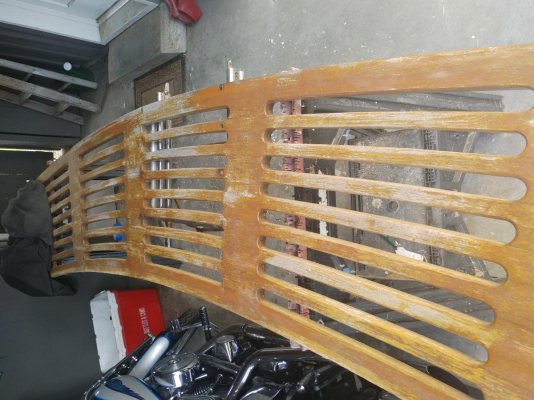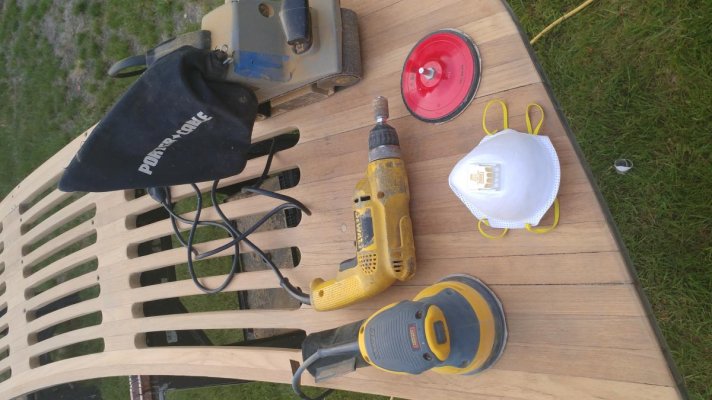Max Simmons
Guru
- Joined
- Oct 15, 2007
- Messages
- 805
- Vessel Make
- Ocean Alexander 38'
Current task is to sand and re-Cetol the swim step. Sanding between the grids has always been a PIA. I was looking at Grizzly's portable oscillating spindle sander to do this, but they are currently out of stock on this tool.
I tried a small drum sanding attachment for the drill, but it was a little more than worthless. Hoping someone has a great suggestion I haven't thought of, suggestions?
I tried a small drum sanding attachment for the drill, but it was a little more than worthless. Hoping someone has a great suggestion I haven't thought of, suggestions?


